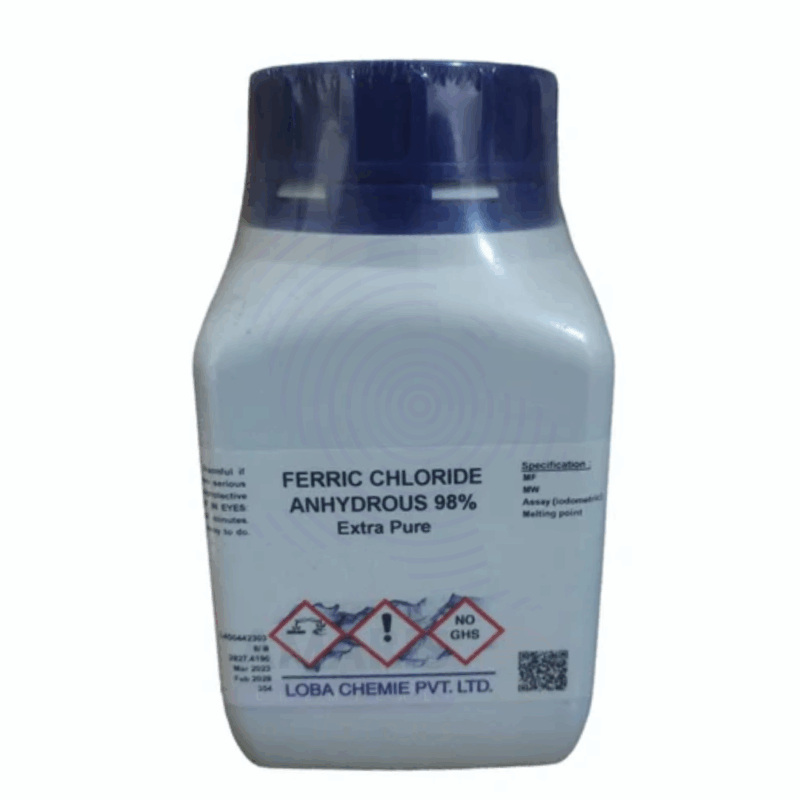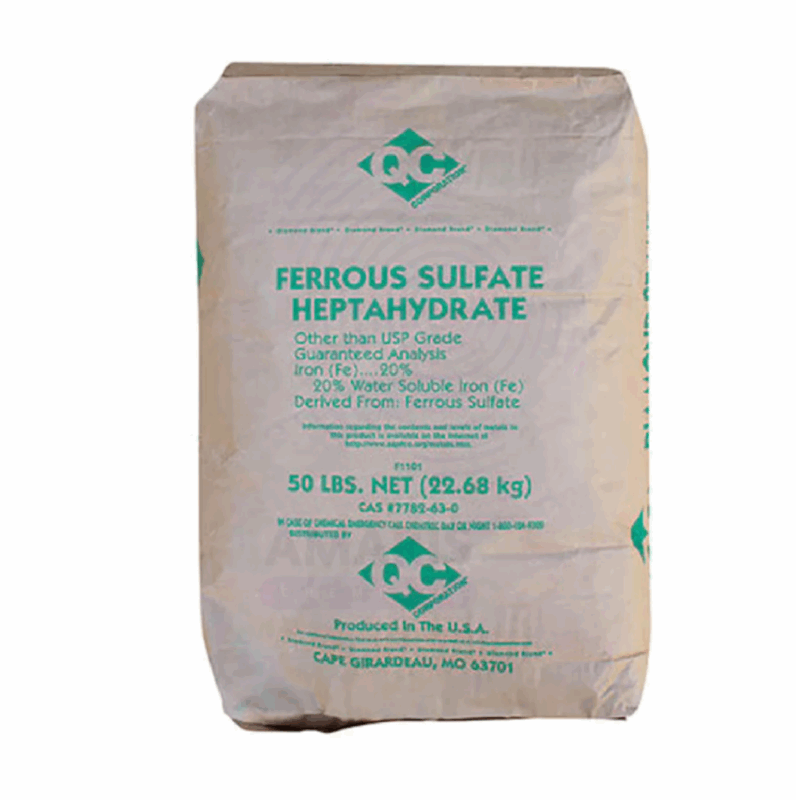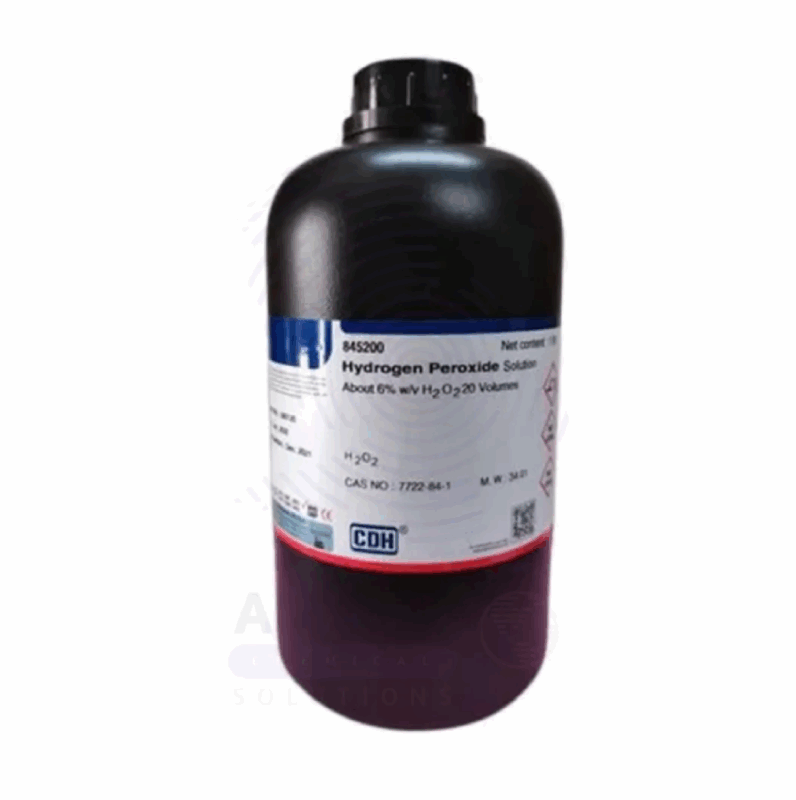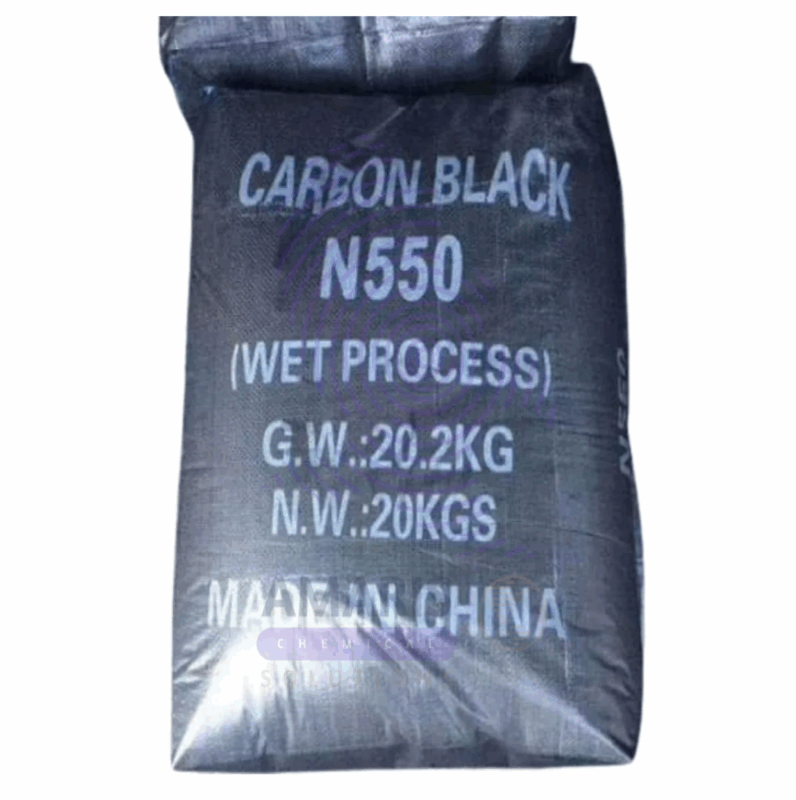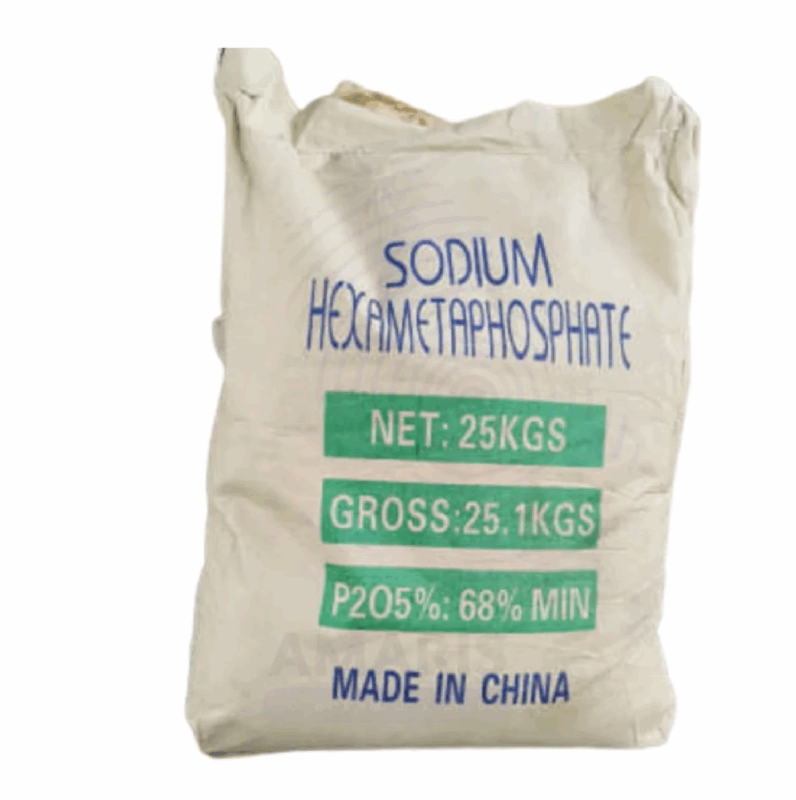HYDROGEN PEROXIDE EXTRA PURE: THE MULTIFUNCTIONAL OXIDIZER REVOLUTIONIZING DISINFECTION, BLEACHING & INDUSTRIAL PROCESSES
Hydrogen peroxide (H₂O₂) Extra Pure grade is a high-purity, versatile chemical with concentrations typically ranging from 30% to 50%. Unlike household-grade (3-6%) solutions, this highly reactive oxidizer is essential in industrial disinfection, pulp bleaching, electronics manufacturing, and wastewater treatment. Its ability to decompose into just water and oxygen makes it an eco-friendly alternative to chlorine-based chemicals.
Key Properties & Production
Physical & Chemical Characteristics
- Appearance: Colorless liquid (slightly viscous at high concentrations)
- Concentration: 30-50% (vs. 3% for household use)
- Decomposition: Breaks down into H₂O + O₂ (non-toxic byproducts)
- Strong Oxidizer: Reacts with organic compounds, metals, and reducing agents
- pH: ~3.5–4.5 (acidic due to stabilizers like phosphoric acid)
Manufacturing Process
- Anthraquinone Auto-Oxidation (Most Common)
- Hydrogenated anthraquinone reacts with oxygen → H₂O₂
- Extracted via water, then purified via distillation
- Electrolytic Process (Older method, less efficient)
Major Industrial & Commercial Applications
1. Pulp & Paper Bleaching (Largest Consumer)
- Replaces Chlorine: Produces brighter, chlorine-free paper (ECF – Elemental Chlorine Free)
- Case Study: A Swedish paper mill reduced toxic organochlorines by 90% after switching to H₂O₂ bleaching.
2. Water & Wastewater Treatment
- Disinfection: Kills bacteria, viruses, and algae without harmful residues.
- COD Reduction: Oxidizes organic pollutants in industrial effluents.
3. Electronics & Semiconductor Manufacturing
- Wafer Cleaning: Removes organic contaminants from silicon chips.
- PCB Etching: Used in copper circuit board production.
4. Textile & Laundry Industry
- Fabric Bleaching: Whitens cotton and polyester without chlorine damage.
- Denim Processing: Creates stone-washed effects.
5. Chemical Synthesis
- Epoxides & Propylene Oxide: Key raw material for plastics.
- Organic Peroxides: Used in polymerization reactions.
6. Food Processing (Low Concentrations)
- Aseptic Packaging Sterilization: Kills microbes in milk/juice cartons.
- Equipment Sanitization: FDA-approved for food-contact surfaces.
Safety & Handling Guidelines
Precautions for Extra Pure H₂O₂ (30-50%)
⚠ Extremely Corrosive: Causes severe skin burns (always use PPE – gloves, goggles, face shield).
⚠ Explosive Decomposition Risk: Can violently break down if contaminated (especially with metals like Fe, Cu).
⚠ Storage: Must be kept in ventilated, HDPE containers away from sunlight and heat.
Environmental Benefits
✅ No Toxic Byproducts (unlike chlorine bleach).
✅ Breaks Down into Water & Oxygen.
Comparison: Hydrogen Peroxide vs. Chlorine Bleach
| Property | Hydrogen Peroxide (H₂O₂) | Sodium Hypochlorite (Bleach) |
| Byproducts | Water + Oxygen | Chlorinated organics (toxic) |
| Corrosiveness | Moderate (pH ~4) | High (pH ~11-13) |
| Decomposition | Fast (heat/metal-catalyzed) | Slow |
| Eco-Friendliness | High (green chemistry) | Low (AOX pollution risk) |
Market Trends & Future Outlook
- Growing Demand: Expected 5.8% CAGR (2024-2030) due to:
- Pulp bleaching (shift from chlorine)
- Water treatment (replacing chlorination)
- Innovations:
- Stabilized H₂O₂ for long-term storage
- On-Site Generation (reduces transport risks)
Conclusion
Hydrogen peroxide Extra Pure is a cornerstone of sustainable industrial chemistry, offering powerful oxidation without toxic residues. As industries move toward greener processes, its role in bleaching, disinfection, and chemical synthesis will only grow.


 Preservatives(food)
Preservatives(food) Flavor Enhancers
Flavor Enhancers Acidulants
Acidulants Sweeteners
Sweeteners Antioxidants
Antioxidants Colorants(food)
Colorants(food) Nutraceutical Ingredients (food)
Nutraceutical Ingredients (food) Nutrient Supplements
Nutrient Supplements Emulsifiers
Emulsifiers
 Collectors
Collectors Dust Suppressants
Dust Suppressants Explosives and Blasting Agents
Explosives and Blasting Agents Flocculants and Coagulants
Flocculants and Coagulants Frothers
Frothers Leaching Agents
Leaching Agents pH Modifiers
pH Modifiers Precious Metal Extraction Agents
Precious Metal Extraction Agents
 Antioxidants(plastic)
Antioxidants(plastic) Colorants (Pigments, Dyes)
Colorants (Pigments, Dyes) Fillers and Reinforcements
Fillers and Reinforcements Flame Retardants
Flame Retardants Monomers
Monomers Plasticizers
Plasticizers Polymerization Initiators
Polymerization Initiators Stabilizers (UV, Heat)
Stabilizers (UV, Heat)
 Antifoaming Agents
Antifoaming Agents Chelating Agents
Chelating Agents Coagulants and Flocculants
Coagulants and Flocculants Corrosion Inhibitors
Corrosion Inhibitors Disinfectants and Biocides
Disinfectants and Biocides Oxidizing Agents
Oxidizing Agents pH Adjusters
pH Adjusters Scale Inhibitors( water)
Scale Inhibitors( water)
 Antioxidants(cosmetic)
Antioxidants(cosmetic) Emollients
Emollients Fragrances and Essential Oils
Fragrances and Essential Oils Humectants
Humectants Preservatives
Preservatives Surfactants(cosmetic)
Surfactants(cosmetic) Thickeners
Thickeners UV Filters
UV Filters
 Fertilizers
Fertilizers Soil Conditioners
Soil Conditioners Plant Growth Regulators
Plant Growth Regulators Animal Feed Additives
Animal Feed Additives Biostimulants
Biostimulants Pesticides (Herbicides, Insecticides, Fungicides)
Pesticides (Herbicides, Insecticides, Fungicides)
 Active Pharmaceutical Ingredients (APIs)
Active Pharmaceutical Ingredients (APIs) Excipients
Excipients Solvents(pharmaceutical)
Solvents(pharmaceutical) Antibiotics
Antibiotics Antiseptics and Disinfectants
Antiseptics and Disinfectants Vaccine Adjuvants
Vaccine Adjuvants Nutraceutical Ingredients (pharmaceutical)
Nutraceutical Ingredients (pharmaceutical) Analgesics & Antipyretics
Analgesics & Antipyretics
 Analytical Reagents
Analytical Reagents Solvents(lab)
Solvents(lab) Chromatography Chemicals
Chromatography Chemicals Spectroscopy Reagents
Spectroscopy Reagents microbiology-and-cell-culture-reagents
microbiology-and-cell-culture-reagents Molecular Biology Reagents
Molecular Biology Reagents Biochemical Reagents
Biochemical Reagents Inorganic and Organic Standards
Inorganic and Organic Standards Laboratory Safety Chemicals
Laboratory Safety Chemicals Specialty Laboratory Chemicals(Special Laboratory Equipment)
Specialty Laboratory Chemicals(Special Laboratory Equipment)
 Demulsifiers
Demulsifiers Hydraulic Fracturing Fluids
Hydraulic Fracturing Fluids Scale Inhibitors(oil)
Scale Inhibitors(oil) Surfactants(oil)
Surfactants(oil) Drilling Fluids
Drilling Fluids
 Dyes and Pigments
Dyes and Pigments Bleaching Agents
Bleaching Agents Softening Agents
Softening Agents Finishing Agents
Finishing Agents Antistatic Agents
Antistatic Agents
 Admixtures
Admixtures Waterproofing Agents
Waterproofing Agents Sealants and Adhesives
Sealants and Adhesives Curing Compounds
Curing Compounds Concrete Repair Chemicals
Concrete Repair Chemicals Anti-Corrosion Coatings
Anti-Corrosion Coatings
 Surfactants(cleaning)
Surfactants(cleaning) Builders
Builders Enzymes
Enzymes Solvents (Cleaning)
Solvents (Cleaning) Fragrances
Fragrances
 Electronic Chemicals
Electronic Chemicals Catalysts
Catalysts Lubricants
Lubricants Photographic Chemicals
Photographic Chemicals Refrigerants
Refrigerants Automotive chemicals
Automotive chemicals Pyrotechnic Chemicals
Pyrotechnic Chemicals
 Biodegradable Surfactants
Biodegradable Surfactants Bio-based Solvents
Bio-based Solvents Renewable Polymers
Renewable Polymers Carbon Capture Chemicals
Carbon Capture Chemicals Wastewater Treatment Chemicals
Wastewater Treatment Chemicals
 Pigments
Pigments Solvents(paint)
Solvents(paint) Specialty Coatings
Specialty Coatings Binders/Resins
Binders/Resins Additives
Additives Driers
Driers Anti-Corrosion Agents
Anti-Corrosion Agents Functional Coatings
Functional Coatings Application-Specific Coatings
Application-Specific Coatings
 Fresh Herbs
Fresh Herbs Ground Spices
Ground Spices Whole Spices
Whole Spices Spice Blends
Spice Blends Dried Herbs
Dried Herbs
 Leavening Agents
Leavening Agents Dough Conditioners
Dough Conditioners Flour Treatments
Flour Treatments Fat Replacers
Fat Replacers Decoratives
Decoratives Preservatives(baking)
Preservatives(baking)
 Plasticizers & Softeners
Plasticizers & Softeners Reinforcing Agents
Reinforcing Agents Adhesion Promoters
Adhesion Promoters Vulcanizing Agents
Vulcanizing Agents Antidegradants
Antidegradants Blowing Agents
Blowing Agents Fillers & Extenders
Fillers & Extenders Accelerators & Retarders
Accelerators & Retarders
